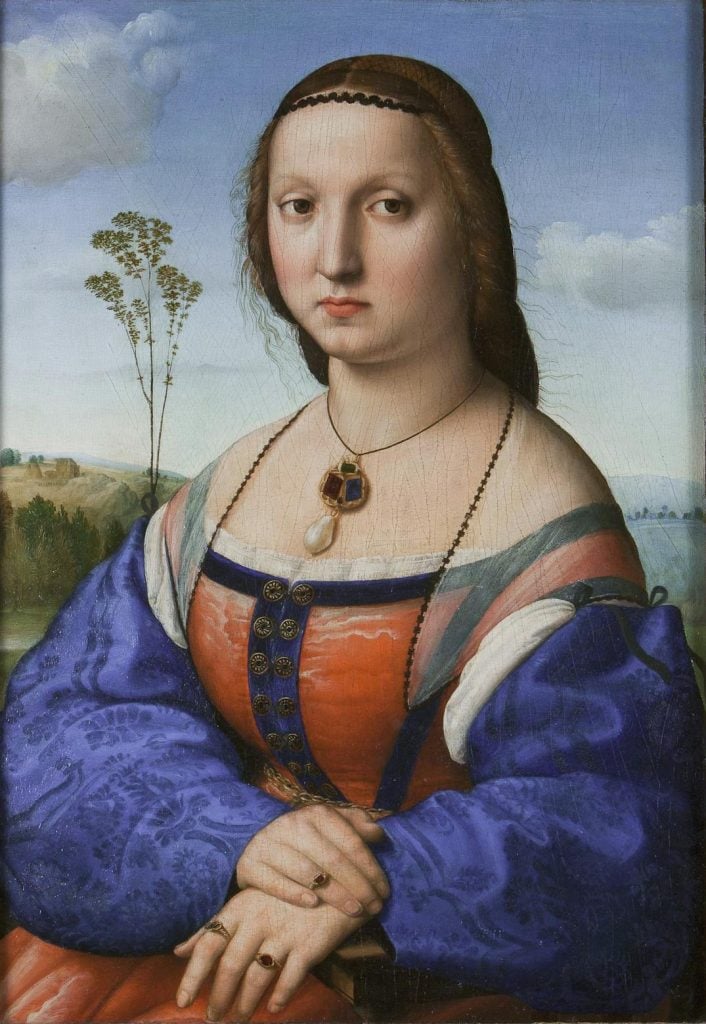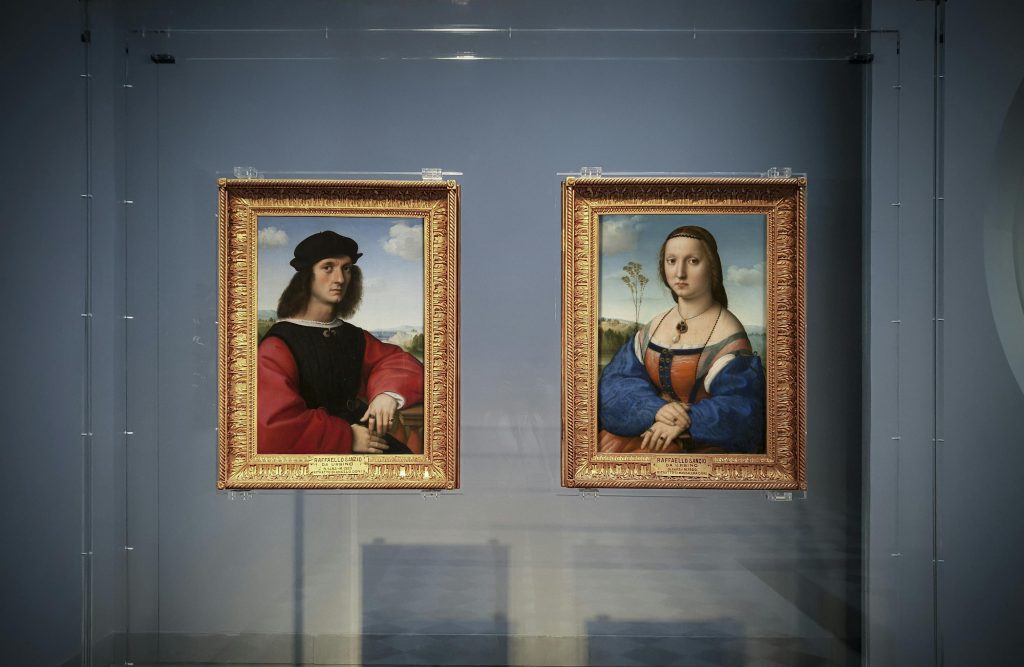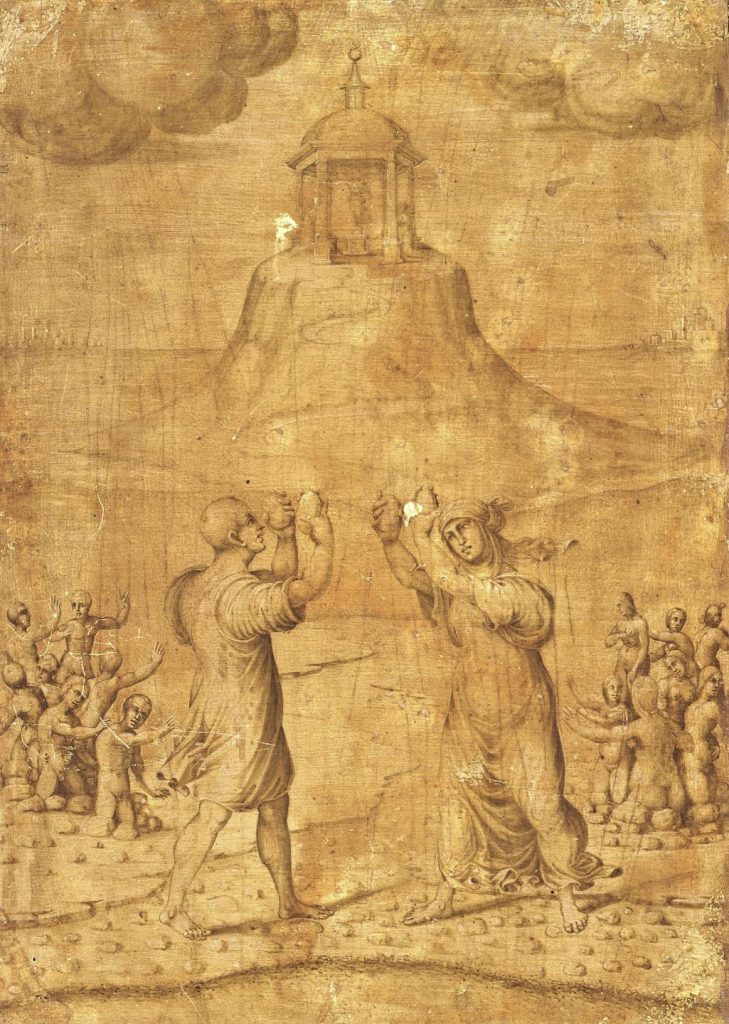Pop Culture
The Painting Behind the Meme: Raphael’s Side-Eyeing Bride
Raphael’s happy couple were separated for this displeased meme.

Raphael’s happy couple were separated for this displeased meme.

Verity Babbs

If you post anything on the internet, or get caught in the background of someone else’s footage, there’s a risk you’ll end up in a meme. But 500 years ago when Raphael was painting Agnolo and Maddalena Doni’s portraits, there’s no way he could have predicted that Maddalena would be meme-ified.
“*sits 27 hours for an oil painting* I’m ugly DELETE IT! I’m serious Bartholomew don’t hang it in the great hall!!” tweeted actor and content creator Curtis Lepore in May 2016. Just under a year later UNILAD posted the same image with the slightly altered caption “*sits 27 hours for an oil painting* Omg God delete that. I’m serious Bartholomew. Do not hang that in the great hall.” There are several variations of the caption in circulation.
*sits 27 hours for an oil painting*
I'm ugly DELETE IT! I'm serious Bartholomew don't hang it in the great hall!! pic.twitter.com/XkOEyspgKQ
— curtis lepore (@curtislepore) May 23, 2016
While the woman’s displeased expression is clearly what inspired the meme, not much is known about why she might be giving such side-eye. Perhaps, as the meme suggests, she was bored from sitting for the portrait. Or maybe she was fed up with Raphael, who was, after all, a known womanizer.
But who is the woman behind the meme? The noblewoman Maddalena Strozzi married the wealthy fabric merchant Agnolo Doni in January 1504. Agnolo— according to the artist biographer Giorgio Vasari—commissioned Raphael to paint two portraits following their marriage: “Whilst he was living in Florence, Agnolo Doni, who was very careful with his money in other things but willing to spend it, although still with the greatest possible economy—on works on painting and sculpture, in which he much delighted, asked him [Raphael] to make portraits of himself and of his wife”.

Raphael, Agnolo and Maddalena Doni (c. 1504-7). Image courtesy of Uffizi Galleries Press Office.
The two oil on basswood paintings were completed sometime before the end of 1507, when Agnolo would have been 33 and Maddalena 18. Maddalena’s portrait was completed first and the pair of portraits were originally joined together with a hinge. Radiographic analysis has found that the portrait of Maddalena Doni had its background altered, changing from an interior scene to a landscape. In another universe she may have literally already been in a great hall.

Maestro di Serumido, Deucalion and Pyrrha (c. 1504-7). Image courtesy of Uffizi Galleries Press Office.
On the back of the paintings are two scenes taken from Ovid’s Metamorphosis, completed by a colleague of Raphael believed to be Maestro di Serumido. The scenes show the flooding of the earth and the rebirth of humanity through the elderly couple Deucalion and Pyrrha. They are thought to have been a way to wish fertility for the newlyweds. It seemingly worked, and their first child Maria was born in 1507.
The portraits have been in the Uffizi Gallery collection in Florence since 2015.